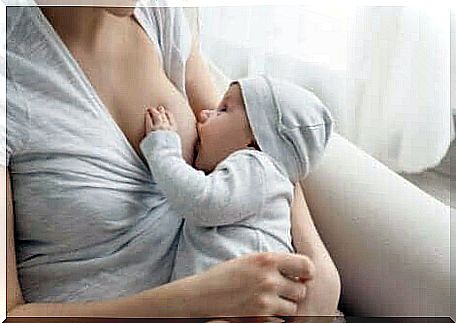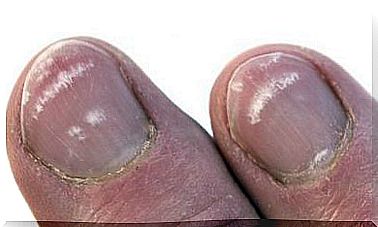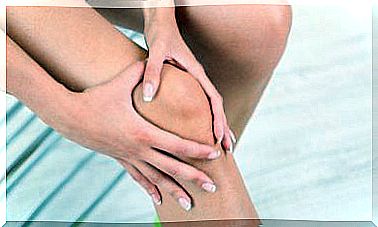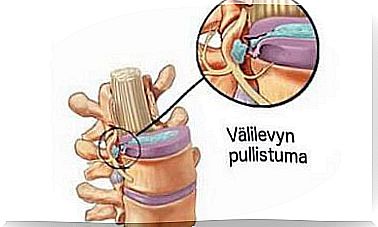Baby Weaning: How To Start Giving Solid Food

Weaning your baby from breast milk means stopping breastfeeding. This can be done at a different age, and each family begins the process in different ways and at different times. No matter how the baby is weaned from breast milk, it should be a gradual process done with love.
Biological, social, and cultural considerations affect how and when the process begins. Science has not determined the best time to wean a baby, nor the best way to do it. It is known that breastfeeding alone (if possible) is very important until the age of 6 months. However, the World Health Organization is of the opinion that it should not be continued after the child’s second birthday.
Baby weaning from breast milk: a variable process
Every culture is different in its way of weaning a baby from the breast. For example, in Inuit culture, breastfeeding is continued until the child is about 7 years old. In Western culture, on the other hand, such long breastfeeding is not at all common. When and how to stop breastfeeding is a decision that depends on different social factors and, of course, each mother and child individually.
However, international bodies agree that breastfeeding should not be continued beyond the age of two. They also recommend that until the age of 6 months, the baby should receive exclusively breast milk, as this liquid contains all the necessary nutrients for the baby at this stage of life.

Different ways to wean a baby from the breast
There are several ways to wean a baby from breast milk. Sometimes the mother has no choice due to health considerations or other similar reasons that prevent continued breastfeeding, such as prolonged separation between mother and child or infectious diseases.
Voluntary weaning is when either the child or the mother decides it is time to stop breastfeeding. If it is a child’s “decision,” the child may simply lose interest in breastfeeding and no longer want to continue, and this may happen suddenly or gradually.
On the other hand, the mother may also decide that now is the right time to stop breastfeeding for either private or work-related reasons.
At this point, it should be noted that the baby may express dissatisfaction if the mother makes a decision to wean the baby from breast milk. This often happens if the detoxification does not take place on the child’s own initiative. Weaning your baby from breast milk is a demanding process that we recommend doing gradually and with great patience.
How to start giving your first solid foods
Perceptions of when a child should start eating solid food – and what that food should consist of – have changed over time. Generally, pediatricians recommend that a baby start eating solid food when he is able to support his own head and open his mouth when he notices food is coming. This usually happens at the age of 4-6 months.
A child who has not previously received solid food may have difficulty eating it and may even refuse the first meals. For this reason, you should give the child half a spoon at a time. This helps to move food from the front of the mouth towards the throat.
It is not good to force a child to eat. Instead, you should use songs and games to help you teach eating gradually. If you think your child has not eaten enough, you can always offer him breast milk or feed him a bottle.
There are two ways to start solid foods. The first is the traditional way of giving baby food first and then a different composition of food. The second is a self-regulated way in which a parent allows a child to take pieces of food in their hands, put them in their mouths, taste them, and thus gradually adapt to a solid diet.

Baby weaning from breast milk: tips
Baby weaning should take place gradually. Stopping breastfeeding as the baby’s main source of nutrition is not the same process for every baby. For a child under the age of 12 months, the mother gradually begins to reduce breastfeeding, while for children over the age of one, parents use stimuli to draw the child’s attention to other things, such as playing or walking.
We recommend that you never refuse directly when your child wants to eat. You can tell him that he gets food when he gets home or draws his attention to the toy to make him forget his desire to eat for a moment. Once your baby is able to understand, you can start “negotiating” and telling him or her that breast milk is only meant for bedtime, for example.
It is important to keep in mind that weaning a baby should not begin at certain crucial moments in his or her life, such as when a child has just started day care, if you have recently moved, or if a new family member is coming on. Nor should it be done during so-called growth spasms.
You need to remember that weaning is a stressful time for a child. For this reason, you should spend more time with her to compensate for weaning.









